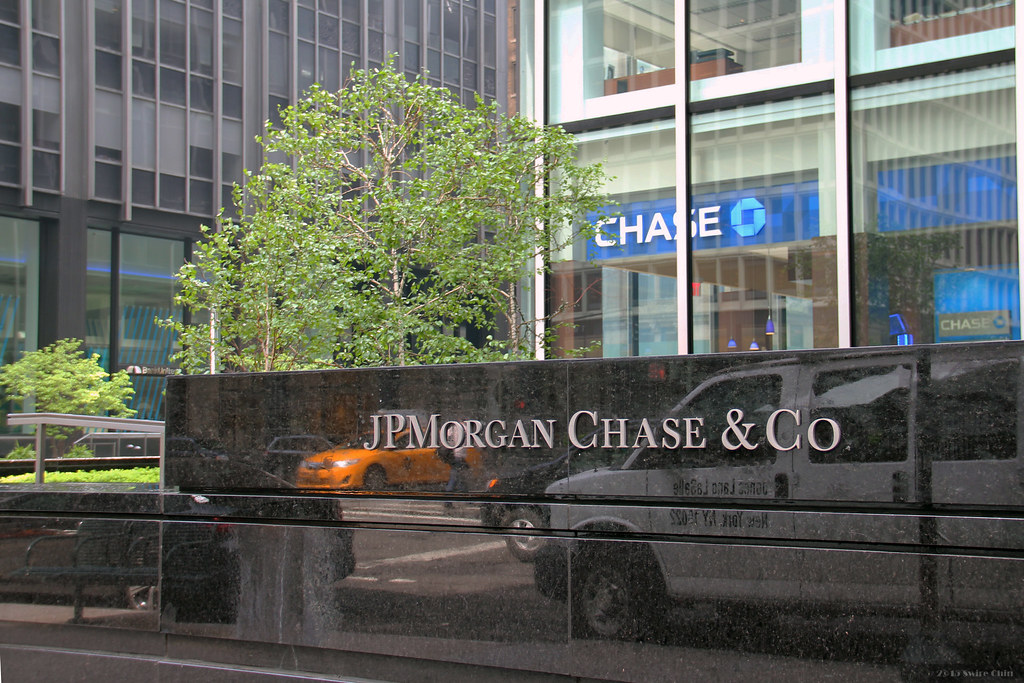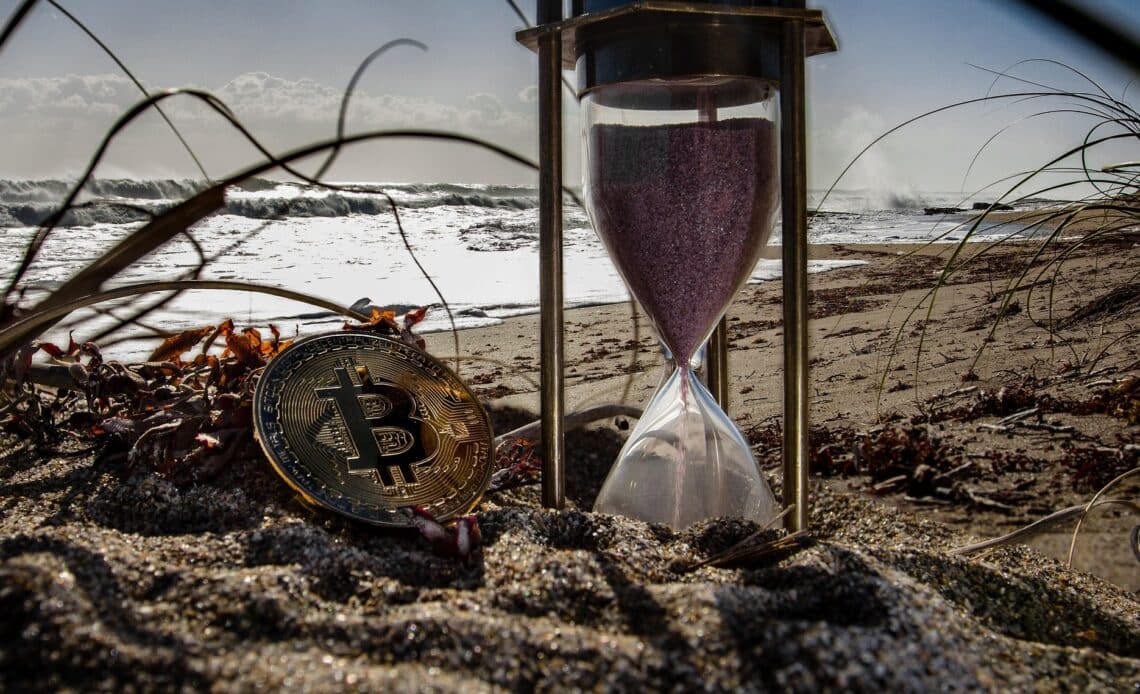According to the latest reports coming from BitcoinNews, by the end of last year, 90% of all Monero (XMR) ever to exist has already been mined.
It looks like according to the current mining rate, the total supply of 18.4 million XMR will eventually be entirely mined by May 31st, 2022.
The online publication announced that as of today, about 16.6 million XMR had been already mined which translates into 90% of the total XMR supply.
What happens to miners once mining is complete?
The most obvious question that arises is what will happen to the XMR miners after the mining process is completed in 2022 if things go according to plan.
The answer is not that difficult: the miners will probably look for other viable cryptos, but there’s a downside of this whole situation.
The lower number of miners that would be left would threaten the whole Monero network. Let’s not forget that miners are the ones who secure the chain.
Overcoming the concern with tail emission
Montero has a solution prepared, and it seems that it will overcome this issue with tail emission.
Even when all the tokens have been mined the miners will still get awards consisting of a vast amount of XMR for every new block that is found. This amount is 0.6 per new block.
Of course, this fee may seem a bit low compared to the current reward of 3.41 XMR which is currently given to miners per block.
Tail emissions will reportedly be achieved at a slower pace, and this will result in competition, and the fall of fees.

Tail emissions are the answer to Bitcoin’s limited supply issue
Monero’s tail emissions are what Bitcoin lacks regarding the limitations of its supply.
BitcoinNews also reports that by 2040, Bitcoin is estimated to have 99.8% of all the possible coins mined.
With the small amount of 0.02% supply left to be mined, it’s expected that Bitcoin miners will only have to rely on transaction fees to generate income.
There’s another issue at stake. The Lightning Network that’s under development will give miners one less reason to remain on the network given the fact that this will allow off-chain transactions.
This could lead to severe outcomes such as miners sifting and creating an absence in the network, therefore reducing security.











